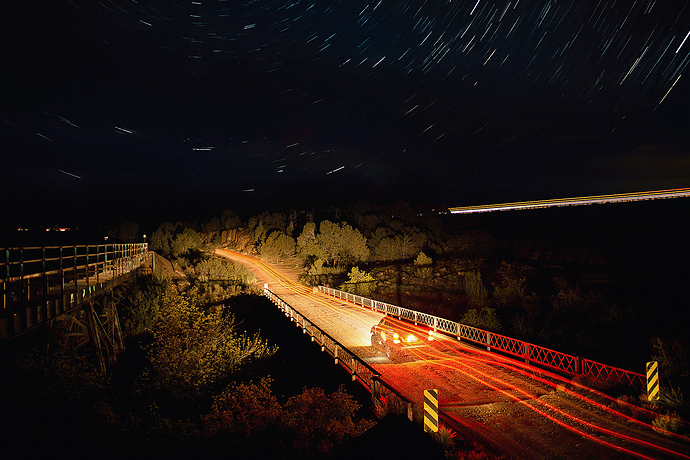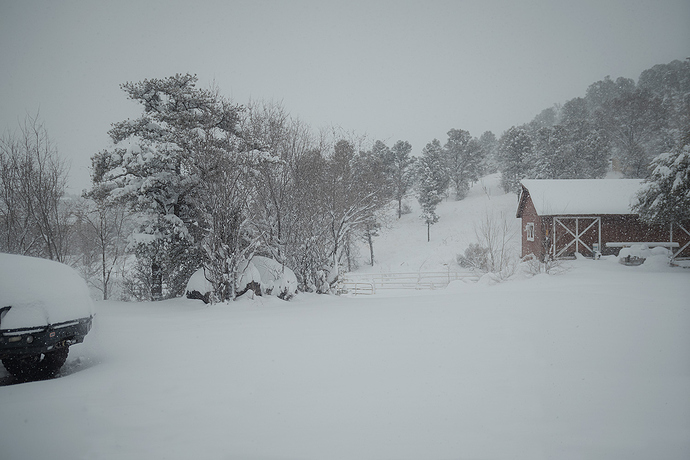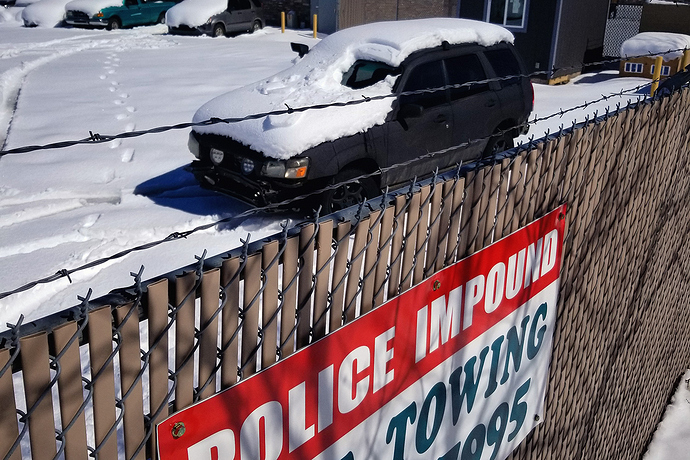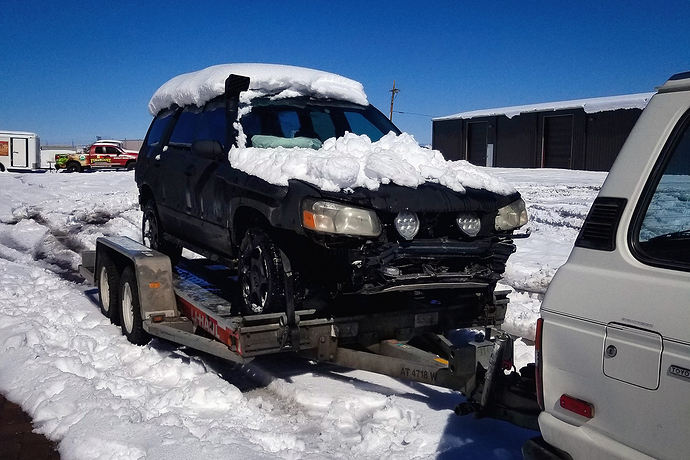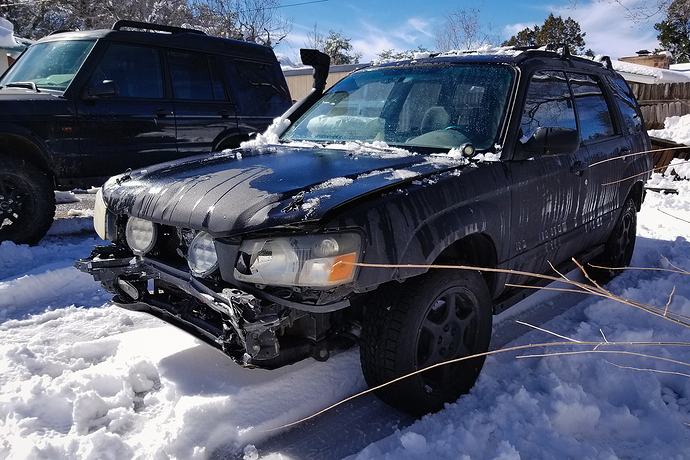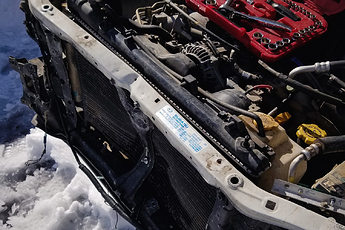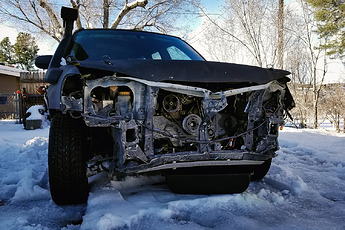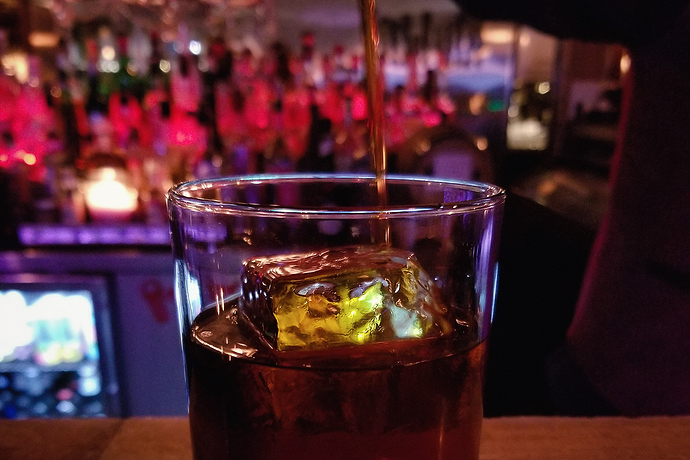The Budget Overlander, Part I
About a year after moving to Prescott to work with Overland Journal I met the Forester. It was early 2012, I was soaking up an unusually warm spring sun and watching with amused interest while a colleague struggled to get the second rebuilt engine in 1,000 miles into the car. The chassis was just over 102,000 miles old and had been flogged hard for most of it’s life by the previous owner. It was his first car, and every part of the little station wagon reflected that from the interior to the undercarriage. I didn’t know too much about Subaru except that they looked badass bombing down a fire road, and they were made in Japan so they had to be reliable, right?
Less than 500 miles later the engine developed the same clatter down below that the previous two had experienced: spun bearings. My colleague gave up and bought a new 4Runner, and the Foz sat in the back lot at Overland HQ rotting under a tarp. A few months later my boss offered me a deal: another rebuilt engine was already on the way (from the same shop as the previous two), so if I’d buy the car for $2,400, put it back together, then build it up and write the Budget Overlander article series for Expedition Portal it was mine.
This would be my first experience with anything more complicated than fluid changes or simple bolt-ons—I’d taken care of my other vehicles personally, but they never needed anything major so I didn’t have many automotive tools or much experience. If nothing else, I can thank the Forester for sending me tumbling down the rabbit hole towards at least shade-tree competence.
With the help of a mechanic friend working next door, and my first foray into the engine subforums, the Foz was bolted back together over two long weekends. The new engine ran great…for 500 miles.
Another favor-for-beer later and we had narrowed down the noise to a different location this time, where we discovered the driver’s side valve guide rod had snapped (cleanly) in half. We also discovered it was an incredibly easy 10-minute job to replace. Mechanical issues finally sorted it was time to flush the fluids one last time and dive into the fun stuff.
Fun bit of trivia: in some lookup systems, the Forester is actually considered a “truck” and finding parts for it requires the clerk behind the counter to search under “Subaru Trucks” rather than “Subaru” (where the Impreza, Legacy, Outback and others live). In practice, there’s a brand-spanning and decades-wide cross-reference of parts one can mix and match to achieve different results. Forester sits at the tallest end of these, with the stock suspension components being the 1" and 2" lift kits for the other models (and vice-versa, a WRX suspension makes the perfect fully-OE lowering kit on a Foz). These things are build like Legos.
With Fozzy being the tallest I’d have to turn to the aftermarket for a lift kit, and at the time, the only option was to import a set of Ironman springs from Australia. Fortunately my colleague had already sourced a set of 35mm lift springs, so I ordered up a set of KYB GR-2 not-shocks to help stiffen things up. Out came the spring compressors, a tool I did have on hand, along with my newly acquired “access” socket set and I tackled this strange thing known as “struts.” Doing it this way took from lunch until dusk. I’d later learn that you can just zip them apart/together with a rattle gun…these days I can rebuild a Subaru suspension in about an hour, two if the bolts to the A-arms are rusted stuck. 
The new suspension was paired up with 215/70R16 all terrains, arguably the biggest tire you can fit without taking a hammer to the spring perches. I say arguably, because it turns out the 2-3mm of perch-to-tire clearance is a matter of slop in the bolts connecting the strut to the A-arm: for some it fits, for some it rubs. (Land the Foz hard enough after sending it airborne and it can start rubbing…but that’s a story for a later date.)
The combination raised the storm trooper up to a running ground clearance of 8.7 inches, the same as a Jeep Cherokee Trailhawk, while making it corner far better than it ever did stock. After a quick joyride down a back road with more than a few good jumps we also learned that, at least unloaded, the suspension combination simply would not bottom out.
Of course, being an “ExPo” build we had to throw a rooftop tent on it…
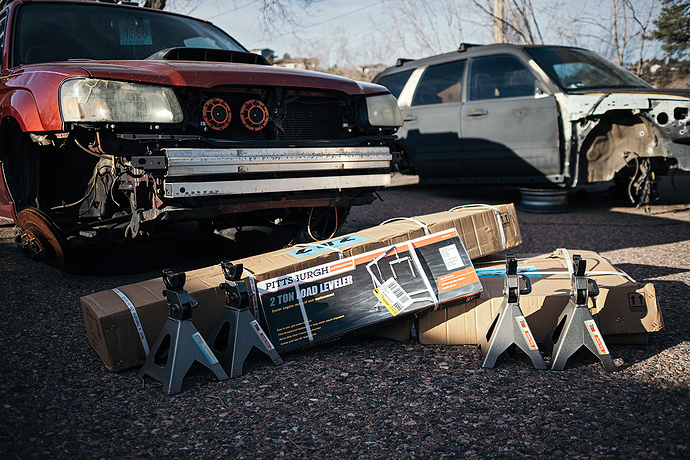
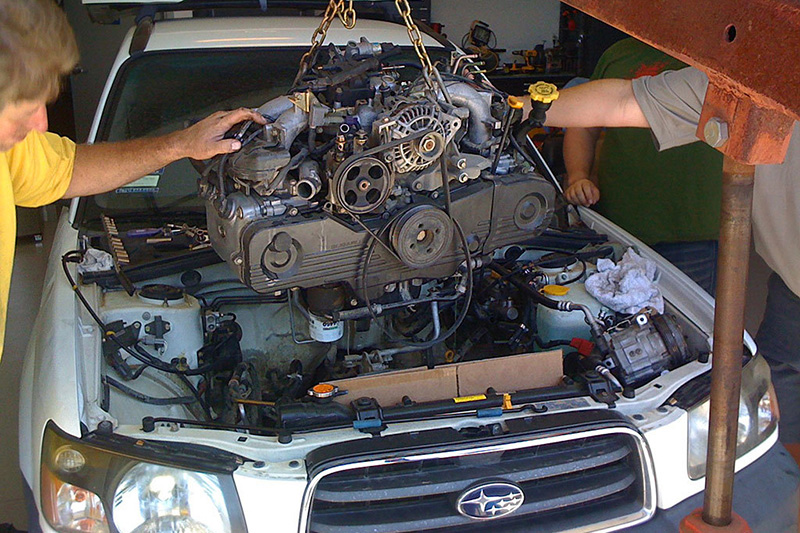

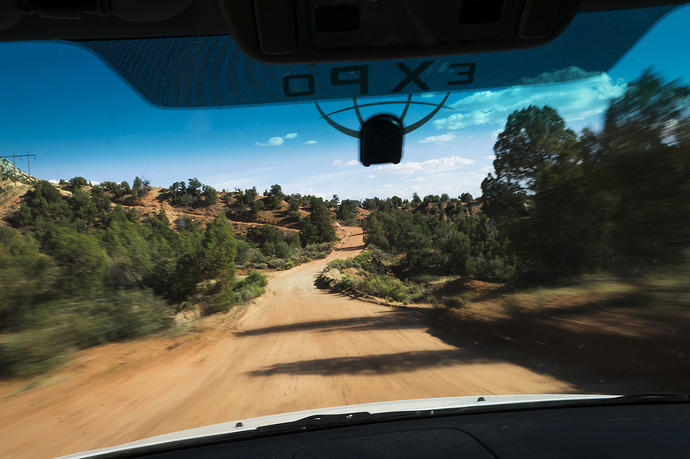
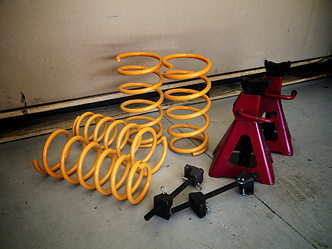
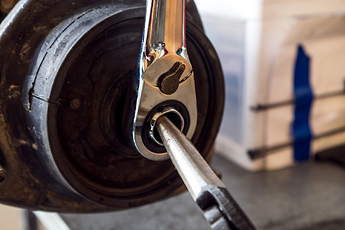



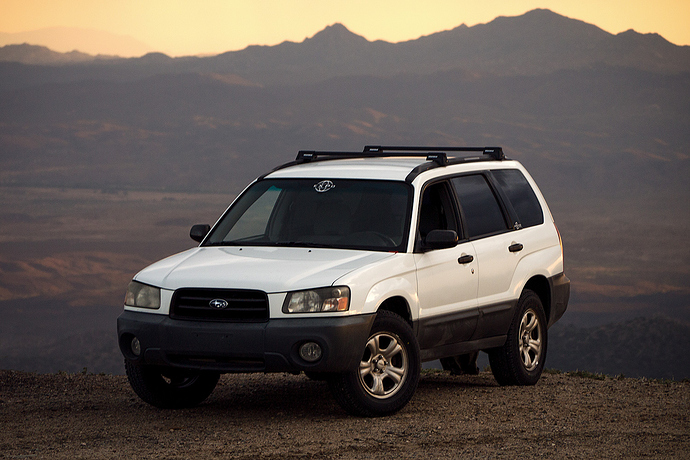
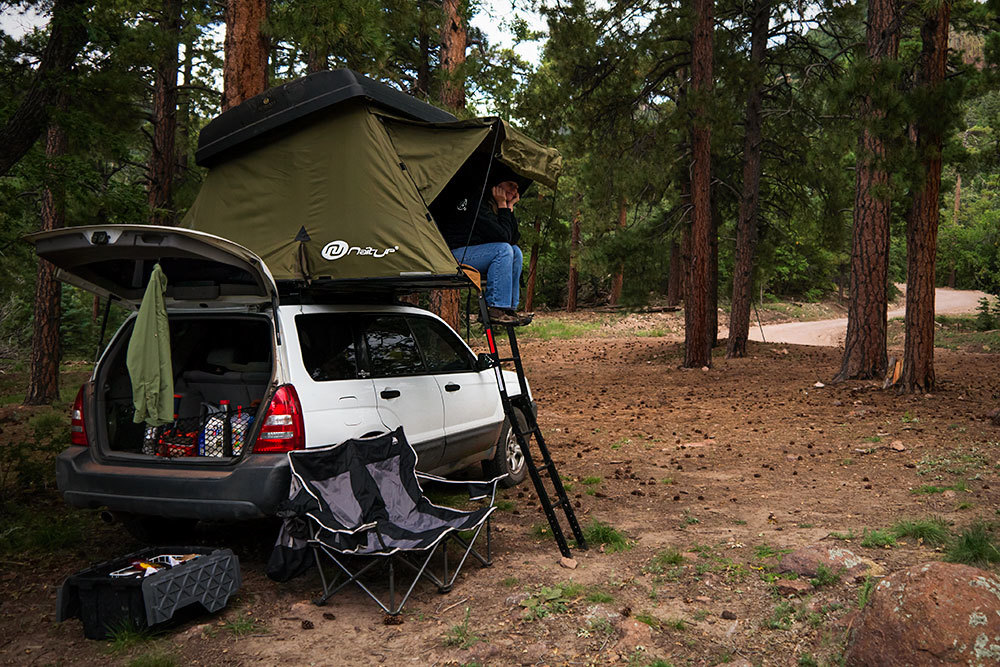
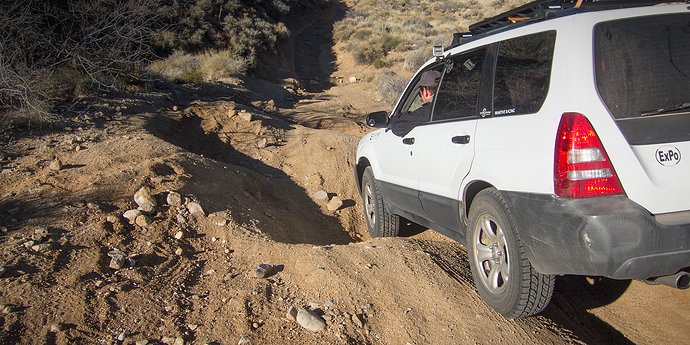

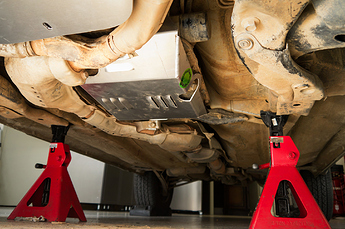
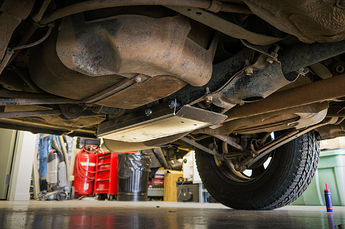


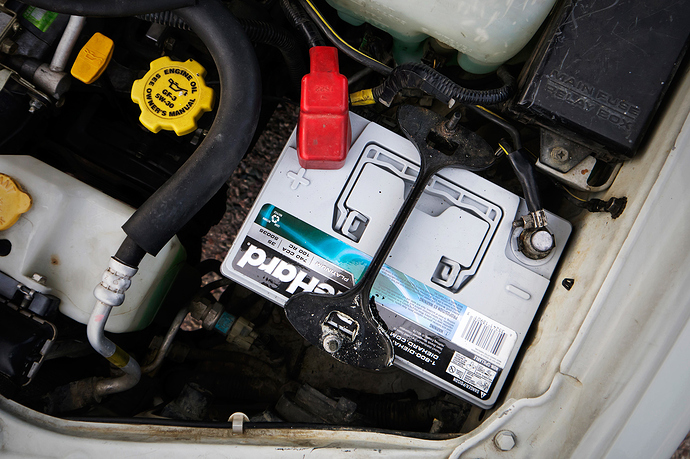


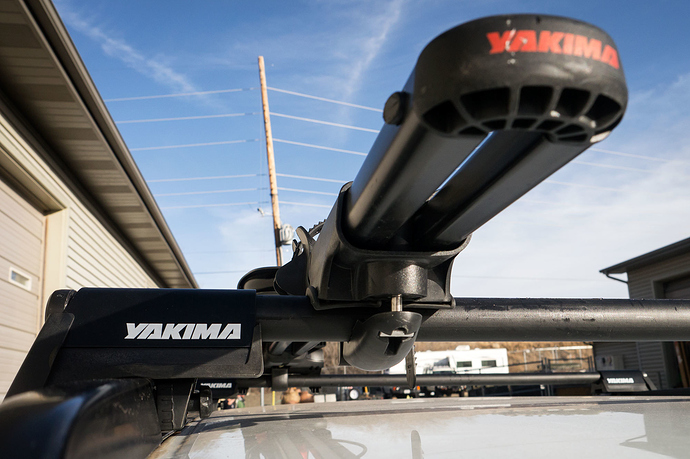

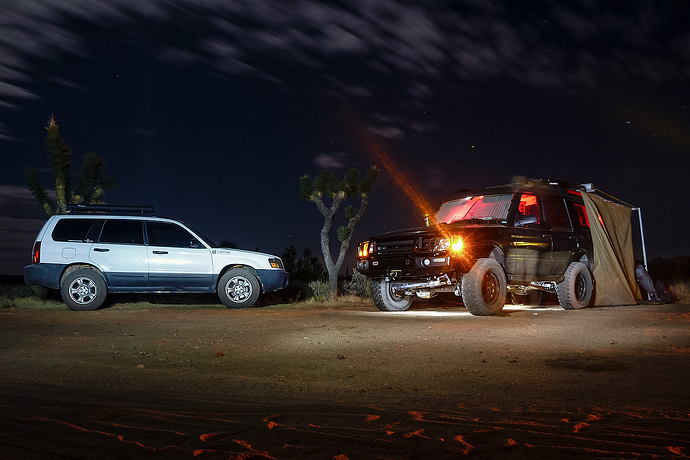
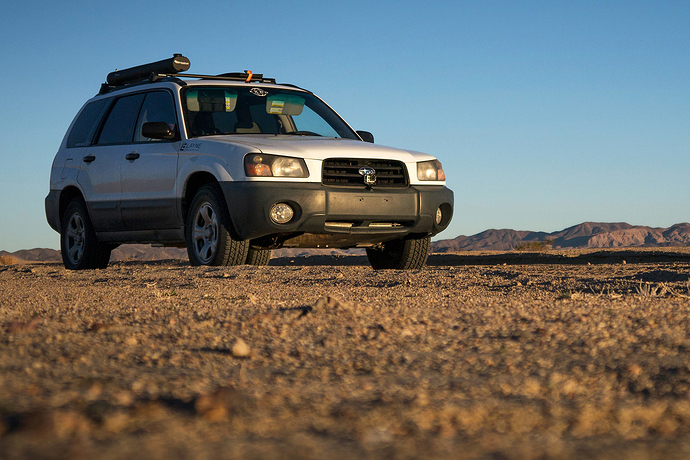
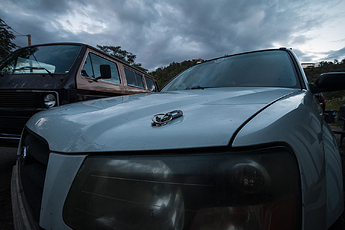
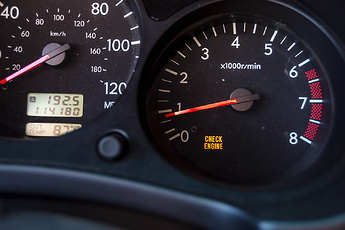
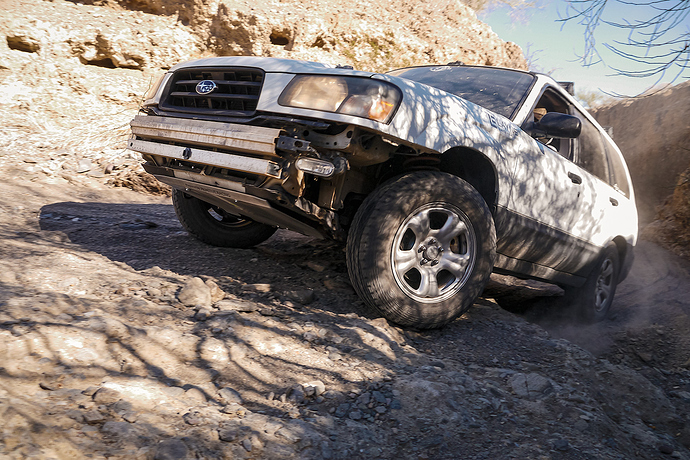
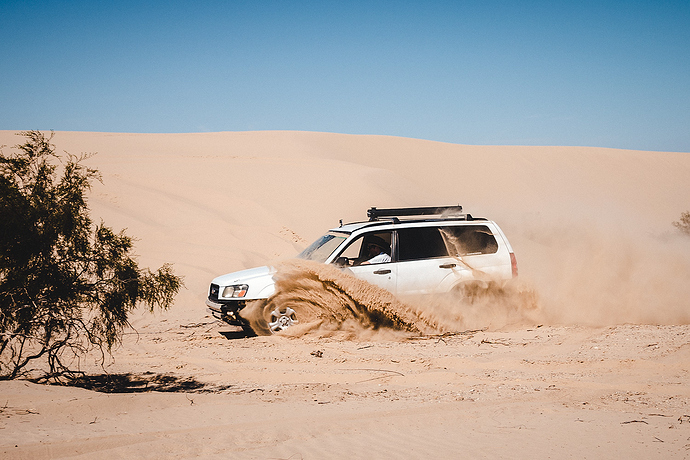
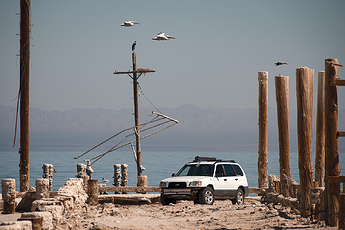
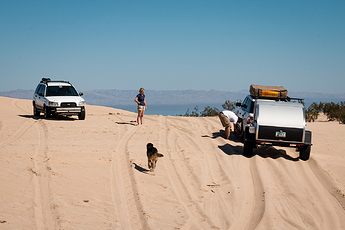
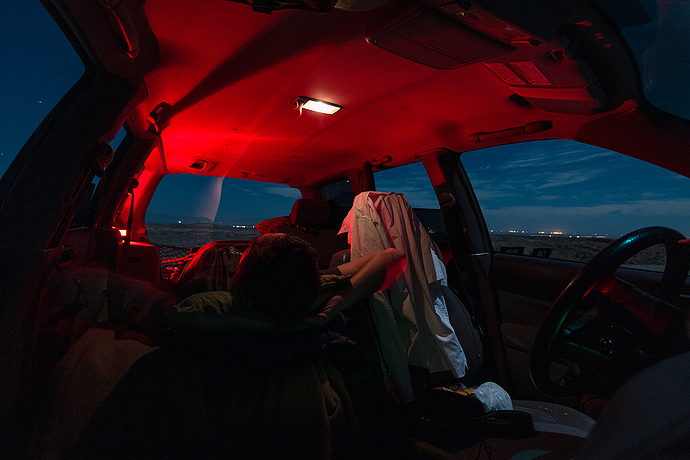
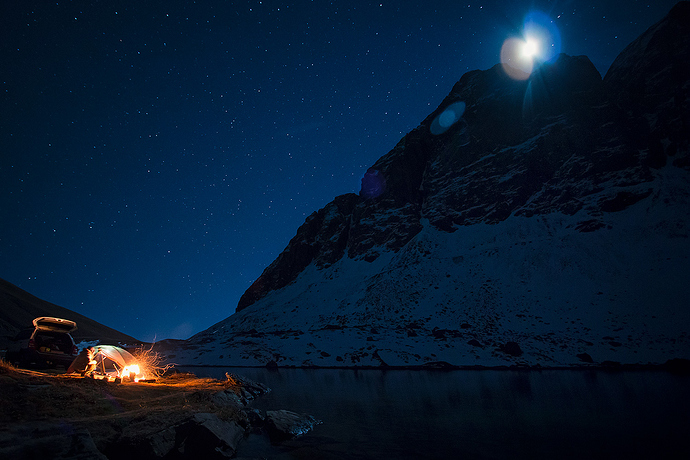
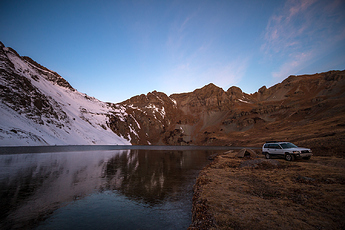
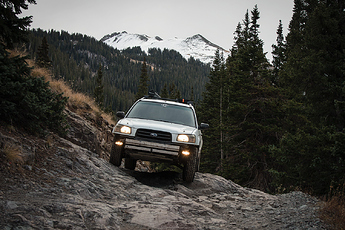
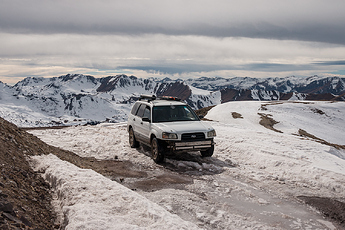
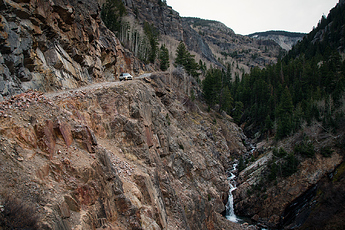

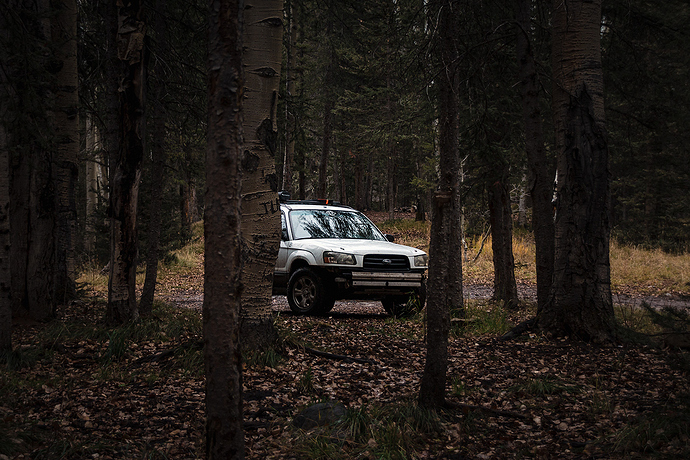



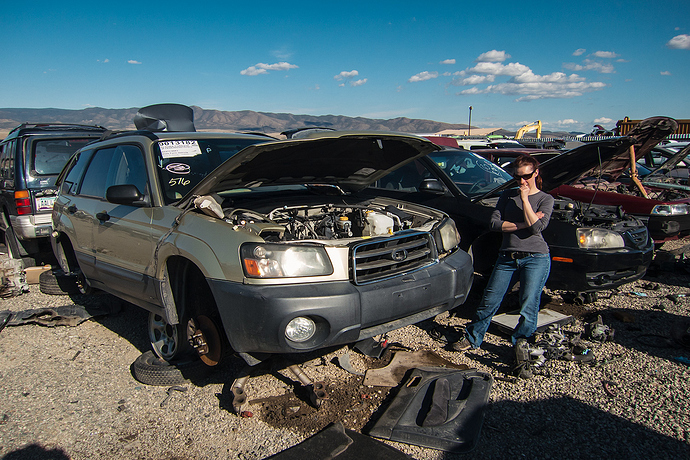

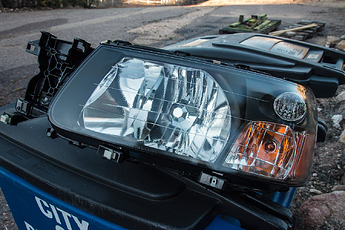
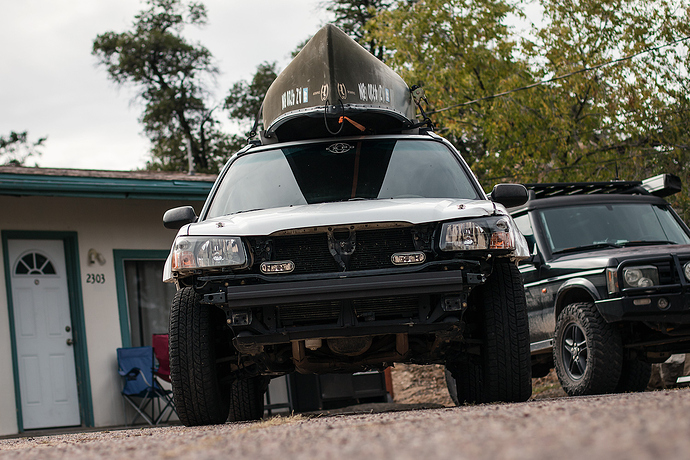
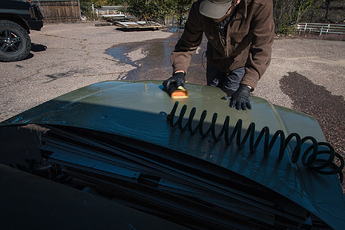
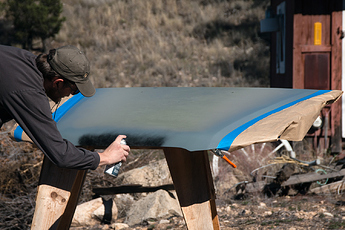



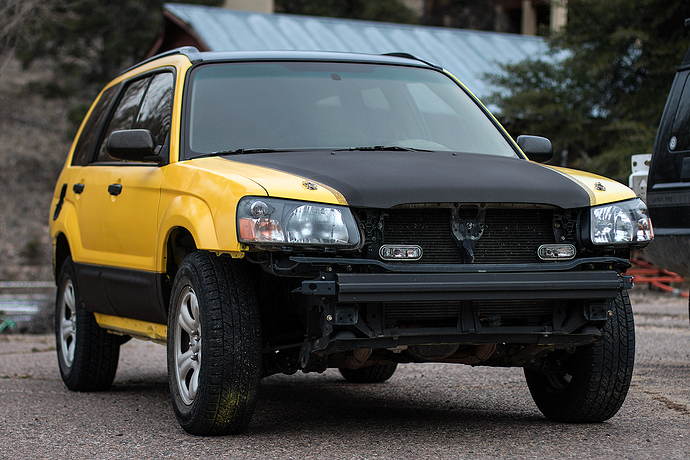
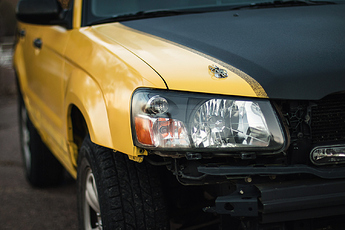
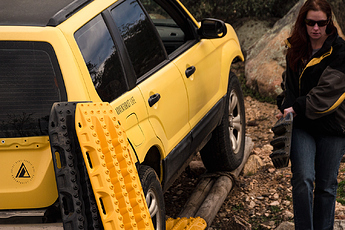
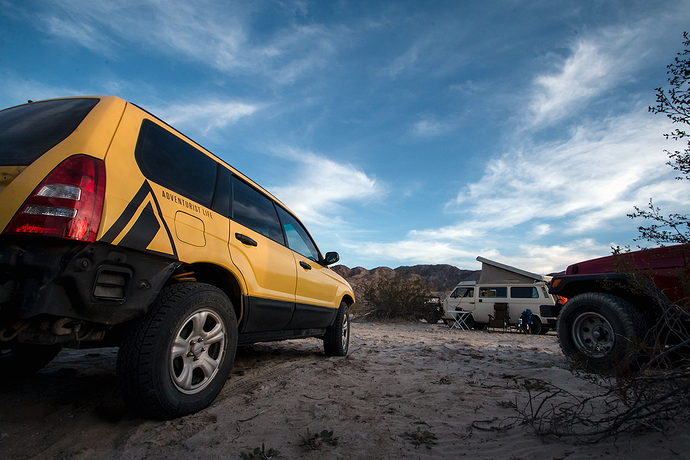

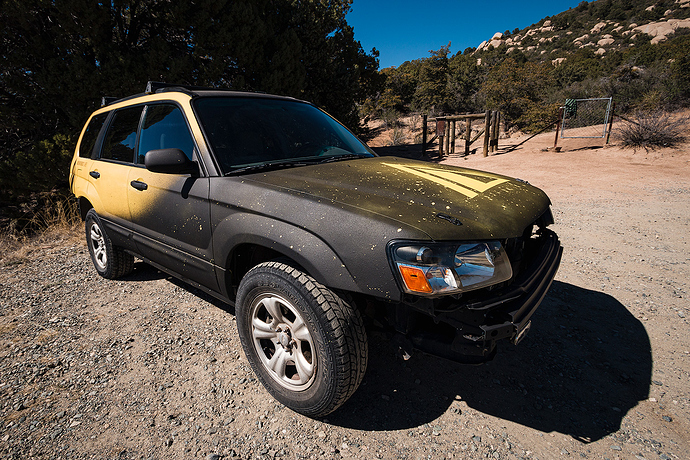

 ), I decided to re-double my efforts on trimming Clax’s unsprung weight. Enter the tidy-but-stout looking RS wheels, which naturally, I painted matte black to match the car. Between dumping the steelies and an upcoming tire swap I’d be dropping from a 208-pound tire/wheel combo to 168 pounds.
), I decided to re-double my efforts on trimming Clax’s unsprung weight. Enter the tidy-but-stout looking RS wheels, which naturally, I painted matte black to match the car. Between dumping the steelies and an upcoming tire swap I’d be dropping from a 208-pound tire/wheel combo to 168 pounds.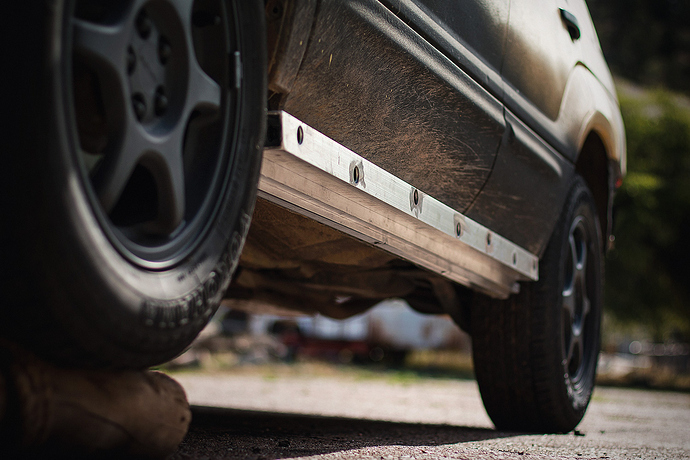

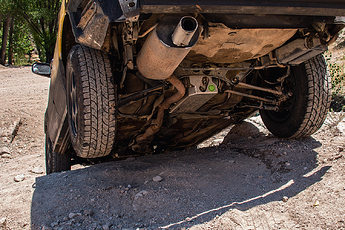
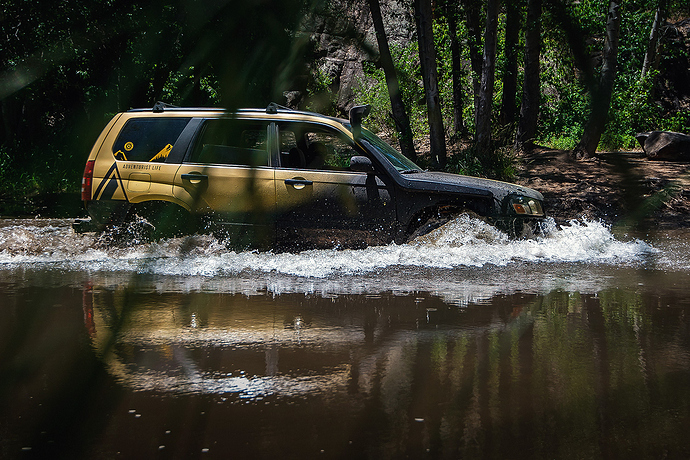
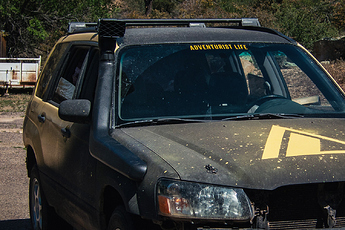
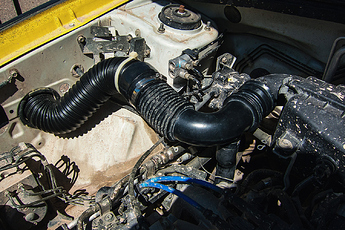
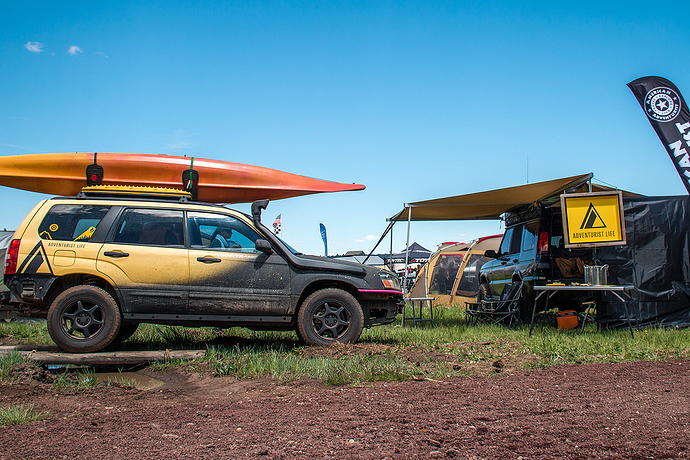
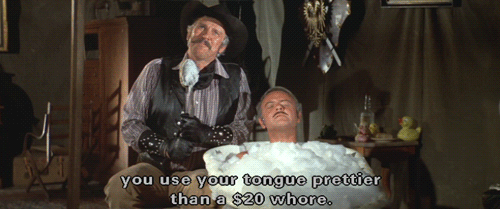
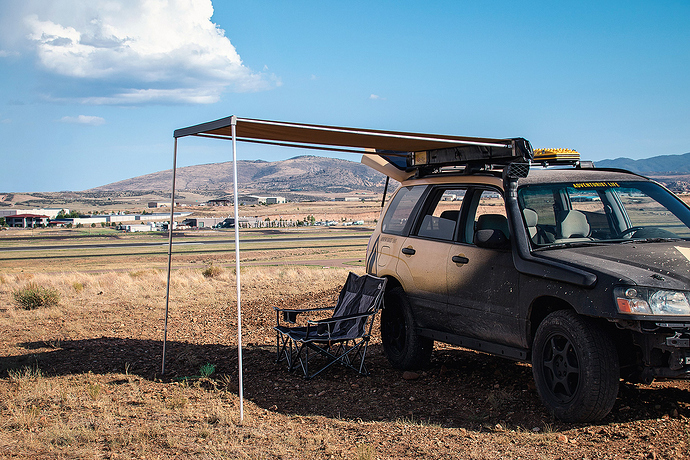
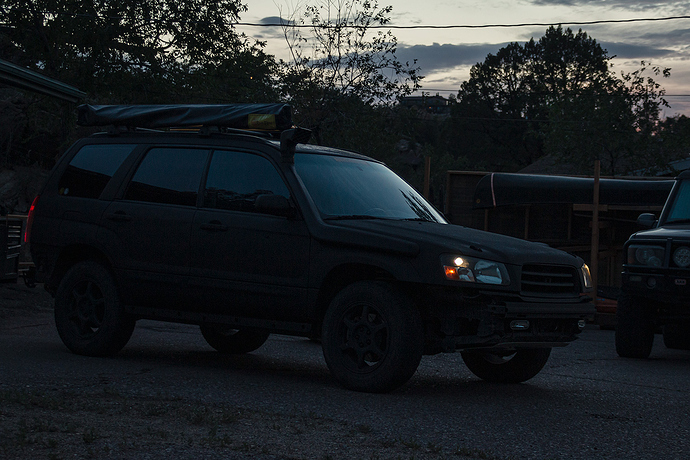
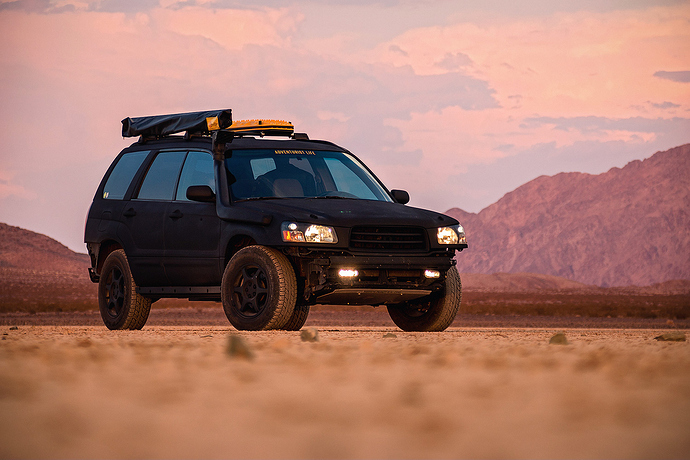
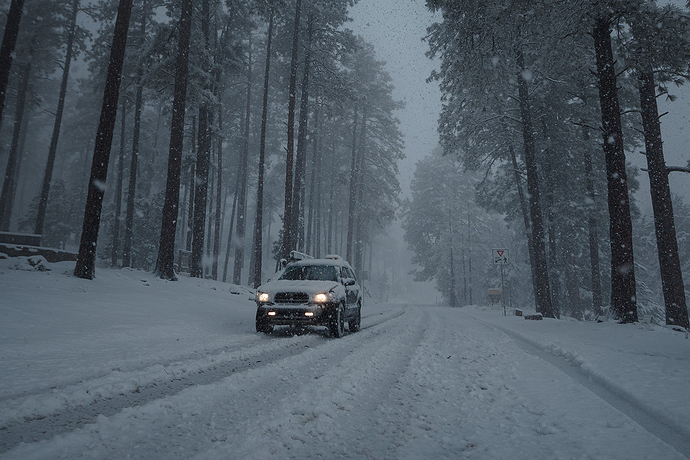
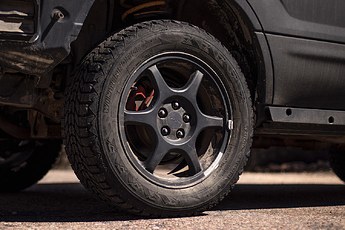
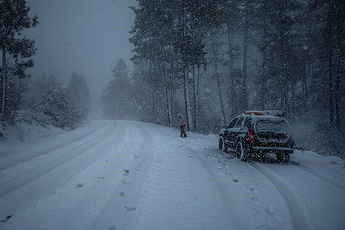
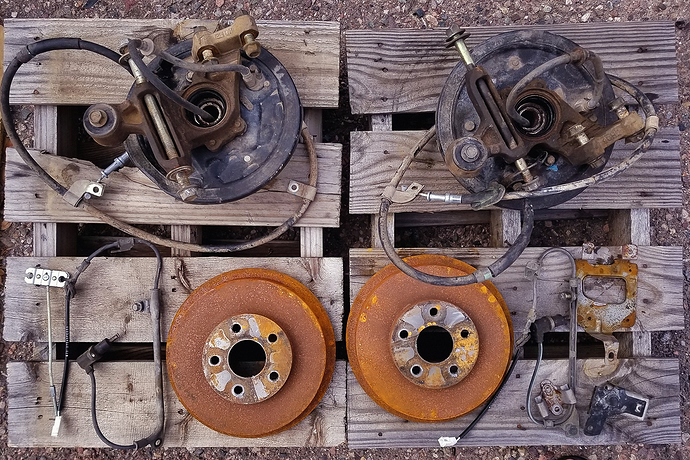
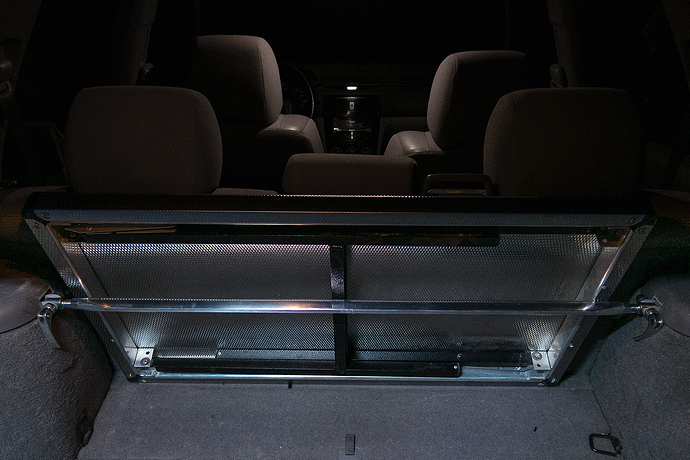
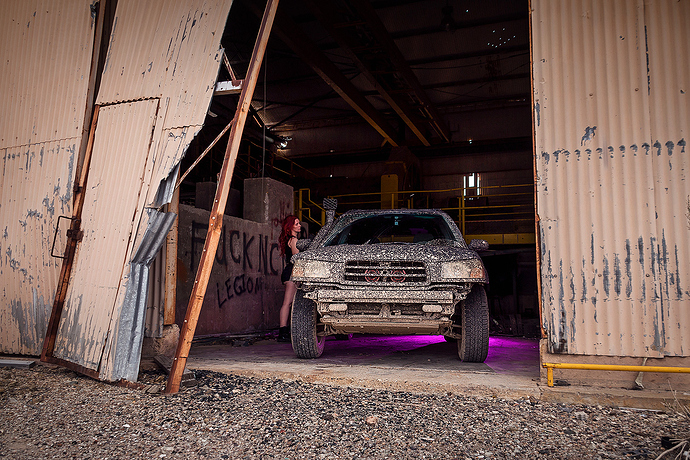
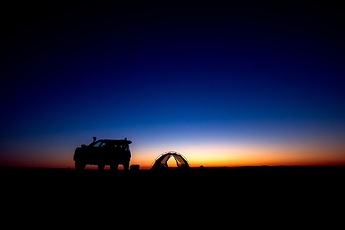
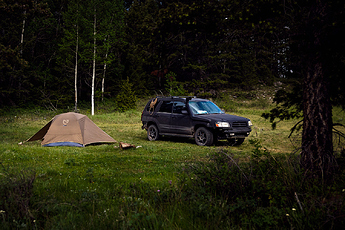
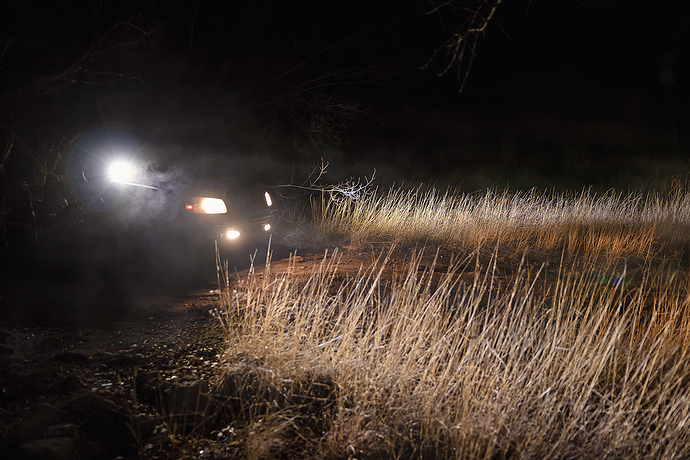
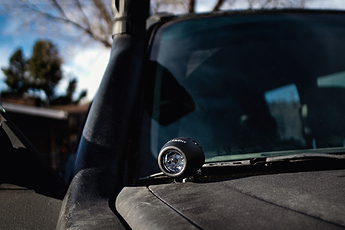

 )
)

